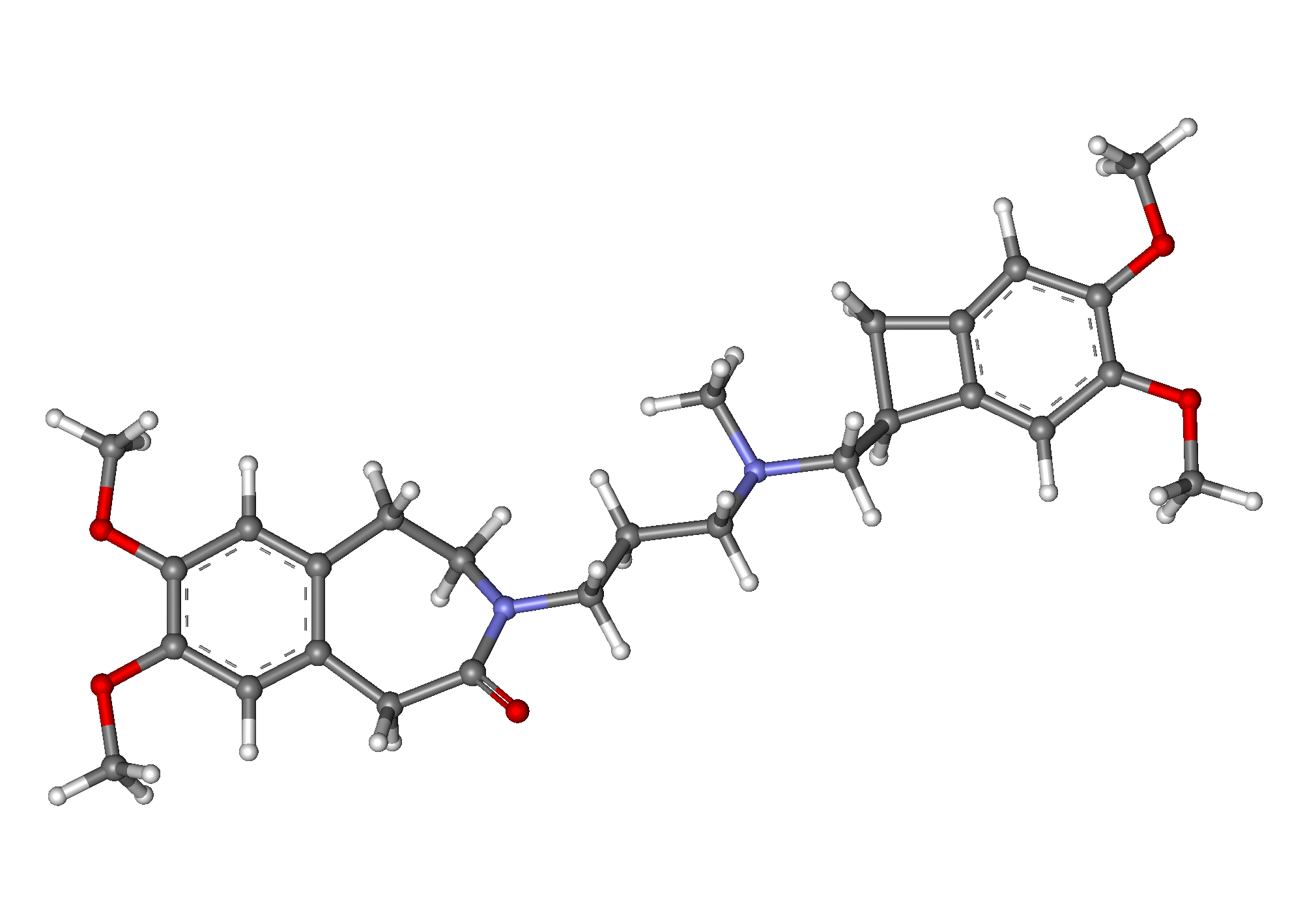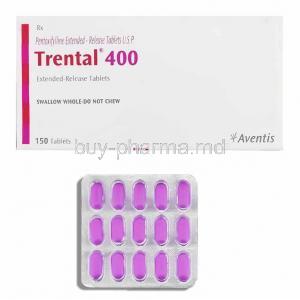Ivabradine
- I. Introduction
- II. What is Ivabradine?
- III. How Ivabradine Works
- IV. Approved Uses of Ivabradine
- V. Off-Label Uses of Ivabradine
- VI. Dosage and Administration Guidelines
- VII. Side Effects and Their Management
- VIII. Drug Interactions and Warnings
- IX. Contraindications and Careful Administration
- X. Special Populations
- XI. Overdosage and Handling Precautions
- XII. Conclusion
I. Introduction
Ivabradine, commonly prescribed as Corlanor, is a medication frequently used to treat specific cardiovascular conditions like chronic heart failure and stable angina pectoris. It belongs to a class of drugs that helps regulate the heart rate. Understanding the aspects of any medication is crucial for healthcare professionals and patients alike. Having in-depth knowledge allows for administration, minimizes adverse effects, and enhances therapeutic outcomes. This comprehensive guide will explore facets of Ivabradine, including how it works, approved and off-label uses recommended dosage guidelines, and potential side effects.
II. What is Ivabradine?
Ivabradine is a benzazepine derivative with a molecular structure that enables it to interact specifically with cardiac ion channels. In the United States, the FDA has approved Ivabradine for treating heart failure and angina pectoris in specific populations. When prescribing this medication, it is essential to adhere to the guidelines. Ivabradine can be found commercially in tablet form under brand names such as Corlanor and Procoralan, although liquid formulations may be available for exceptional cases.

III. How Ivabradine Works
Ivabradine targets the "funny" channels in the sinoatrial node, which regulates the heart's natural rhythm. Unlike medications used to treat angina, Ivabradine specifically acts on this node and doesn't have a broader impact on other cardiac functions or throughout the body. Compared to beta-blockers or calcium channel blockers, Ivabradine reduces heart rate without causing issues like blood pressure or adverse metabolic effects.
IV. Approved Uses of Ivabradine
Ivabradine is a drug that can lower the heart rate and improve the symptoms of heart failure and angina pectoris. It works by blocking a specific channel in the heart cells that regulates the heart rhythm. Ivabradine can be used alone or in combination with other medications to treat these conditions.
Some of the references:
- Ivabradine (Corlanor) for Heart Failure | AAFP1
- Ivabradine in Heart Failure - AHA/ASA Journals2
- Ivabradine: MedlinePlus Drug Information3
- Stable angina pectoris: which drugs or combinations to use in which patients | European Society of Cardiology4
- Ivabradine safely reduces cardiovascular risk in the elderly with heart failure | PACE-CME5
V. Off-Label Uses of Ivabradine
Ivabradine is a drug that can lower the heart rate by blocking a specific channel in the sinoatrial node, the natural pacemaker of the heart. It is approved by the FDA for treating chronic heart failure and stable angina, but it is also used off-label for other conditions that involve a fast or irregular heart rate1.
Sinus tachycardia is a condition where the heart rate increases excessively when standing, causing symptoms such as dizziness, palpitations, fainting, and fatigue. Ivabradine may help reduce these symptoms by slowing down the heart rate without affecting blood pressure or contractility2. Some studies and case reports suggest that ivabradine can improve the quality of life and functional status of patients with sinus tachycardia3.
Postural orthostatic tachycardia syndrome (POTS) is a form of dysautonomia that affects millions of people in the USA. It is characterized by a rapid increase in heart rate of at least 30 beats per minute within 10 minutes of standing, along with other signs of orthostatic intolerance4. Ivabradine has been proposed as a potential treatment option for POTS, especially for patients who cannot tolerate or have contraindications to beta-blockers or calcium channel blockers, which are commonly used to treat this condition5. However, there is currently no gold standard treatment for POTS and the evidence for the efficacy and safety of ivabradine is limited to small trials and case reports6. A recent randomized trial showed that ivabradine was better than placebo at improving heart rate and quality of life in patients with hyperadrenergic POTS, a subtype of POTS with high levels of adrenaline7.
Ivabradine may also have a role in the management of other cardiovascular conditions, such as post-myocardial infarction care and specific types of arrhythmias. However, the evidence for these indications is still inconclusive and more research is needed to establish the benefits and risks of ivabradine in these settings8.
References:
1: Ivabradine Uses, Side Effects & Warnings - Drugs.com
2: Sinus Tachycardia: Causes, Symptoms & Treatment - Cleveland Clinic
3: Ivabradine for the Treatment of Postural Orthostatic Tachycardia Syndrome: A Systematic Review | SpringerLink
VI. Dosage and Administration Guidelines
For adults, the usual dose is between 5 to 7.5 mg taken twice a day. The dosage may be adjusted depending on how you respond to the medication. If you have liver problems or are taking drugs that may interact, your doctor may need to make some changes to your dosage. When it comes to taking medication, most people take tablets. Liquid forms are also available if you have trouble swallowing or if it is for a child.
VII. Side Effects and Their Management
Experienced Side Effects: Feeling lightheaded, tiredness, and a slower heart rate. Patients may encounter mild feelings of lightheadedness, fatigue, or a slower heart rate, which usually improves as the body adjusts to the medication. Frequently Encountered but Serious Side Effects: Changes in vision and a significant decrease in heart rate are less commonly experienced but require immediate medical attention. How to Manage Side Effects and When to Seek Advice; Regularly monitor vital signs and symptoms. Adjusting or discontinuing the medication might be necessary. If severe or persistent symptoms occur, consult your doctor immediately.
VIII. Drug Interactions and Warnings
Drug Interactions to Be Aware of: What to Avoid When Ivabradine is taken with medications, it can interact in various ways. Some meaningful interactions to note are medications; There is an increased risk of low blood pressure. Antiarrhythmics: Combining these drugs may lead to a slower heart rate. Grapefruit juice: Consuming grapefruit juice can cause levels of Ivabradine in the bloodstream—warnings for Specific Groups: Elderly, Pregnant Women, and Children. The benefits and risks associated with Ivabradine can vary among population subsets. It is crucial to exercise caution in the following cases: individuals have a higher chance of experiencing worsening bradycardia (slow heart rate). Women: Insufficient data is available so that alternative therapies might be recommended. Children: The safety and effectiveness of Ivabradine have not been firmly established yet. Interactions with Food and Alcohol Food can affect how much Ivabradine gets absorbed by the body, while consuming alcohol may reduce its effectiveness. It is advisable to avoid drinking alcohol while taking this medication.
IX. Contraindications and Careful Administration
Absolute Contraindications: When to Avoid Ivabradine Patients with liver problems, slow heart rate (bradycardia), or heart block should not use Ivabradine because it can harm them. Relative Contraindications; Cases Requiring Consideration Extra caution is needed for patients with moderate liver or kidney problems. Decisions should be based on an assessment of the risks and benefits. Careful Administration Guidelines; Monitoring and Follow It is essential to monitor the patient's heart rate and rhythm after starting the treatment. Regular follow-up appointments should be scheduled to assess the treatment's effectiveness and ensure its safety.
X. Special Populations
a. Regarding patients, starting with lower doses and closely monitoring their response is important. We need to be extra cautious because older individuals can react to medications. b. If a pregnant woman or nursing mother is considering taking this medication, it's essential to note that it falls under FDA Pregnancy Category C, which means risks may be involved. Nursing mothers should exercise caution. You might even need to consider stopping breastfeeding while taking the drug. c. When administering this medication to children, it's crucial to adjust the dosage based on their weight and how they respond clinically. However, please keep in mind that we have limited data regarding its safety profile in patients, so exploring other treatment options may also be worth considering.
XI. Overdosage and Handling Precautions
Signs of taking too much medication: If someone takes too much of this medication, they may experience severe bradycardia (abnormally slow heart rate), low blood pressure, and difficulty breathing. It is essential to seek medical attention in a specialized facility for immediate treatment. There is no antidote available for an overdose of Ivabradine. To ensure safety, store Ivabradine at room temperature. Please protect it from light and moisture. Proper disposal methods should be followed to prevent ingestion or environmental contamination.

XII. Conclusion
Key Points Summary: Ivabradine has become a treatment option for specific cardiovascular conditions, although its limitations require careful application. The Significance of Consulting with a Healthcare Provider: To ensure the results of Ivabradine therapy, it is crucial to follow personalized treatment plans advised by qualified healthcare professionals. This approach helps avoid any adverse effects.



































